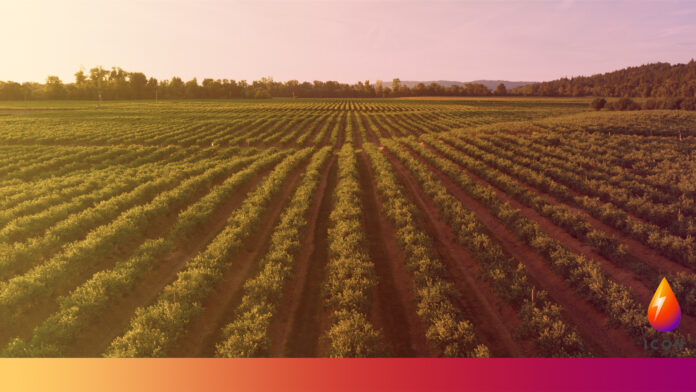
The Government has unveiled the next stages of its plan to reward farmers and landowners for actions which are set to benefit the environment, supporting sustainable food production alongside vital nature recovery and work towards net zero.
Two new environmental land management schemes are expected to play an essential role in halting the decline in species by 2030, bringing up to 60% of England’s agricultural soil under sustainable management by 2030, and restoring up to 300,000 hectares of wildlife habitat by 2042.
The Local Nature Recovery scheme will pay farmers for locally-targeted actions which make space for nature in the farmed landscape and countryside such as creating wildlife habitat, planting trees or restoring peat and wetland areas. An early version of the scheme will be trialled in 2023 with a full roll-out across the country from 2024.
The Landscape Recovery scheme will support more radical changes to land-use change and habitat restoration such as establishing new nature reserves, restoring floodplains, or creating woodland and wetlands. The application process for the first round of up to 15 Landscape Recovery pilot projects is expected to open shortly.
Taken together with the previously announced Sustainable Farming Incentive which supports sustainable farming practices, they are designed to provide farmers and land owners with a broad range of voluntary options from which they can choose the best for their business.
Environment Secretary George Eustice commented: “We want to see profitable farming businesses producing nutritious food, underpinning a growing rural economy, where nature is recovering and people have better access to it.
“Through our new schemes, we are going to work with farmers and land managers to halt the decline in species, reduce our greenhouse gas emissions, increase woodland, improve water and air quality and create more space for nature.
“We are building these schemes together, and we are already working with over 3,000 farmers across the sector to test and trial our future approach.
“Farmers will be able to choose which scheme or combination of schemes works best for their business, and we will support them to do so.”
According to the Government, the reforms are the biggest changes to farming and land management in 50 years.
The Landscape Recovery pilot projects alone are expected to deliver ‘significant’ environmental benefits, including:
- the creation of 10,000 hectares of restored wildlife habitat
- carbon savings between 25 to 50 kilotonnes per year – roughly equivalent to taking between 12,000 – 25,000 cars off the road
- improved status of around half (45-57%) of the most threatened species in England, including the Eurasian curlew, sand lizard and water vole